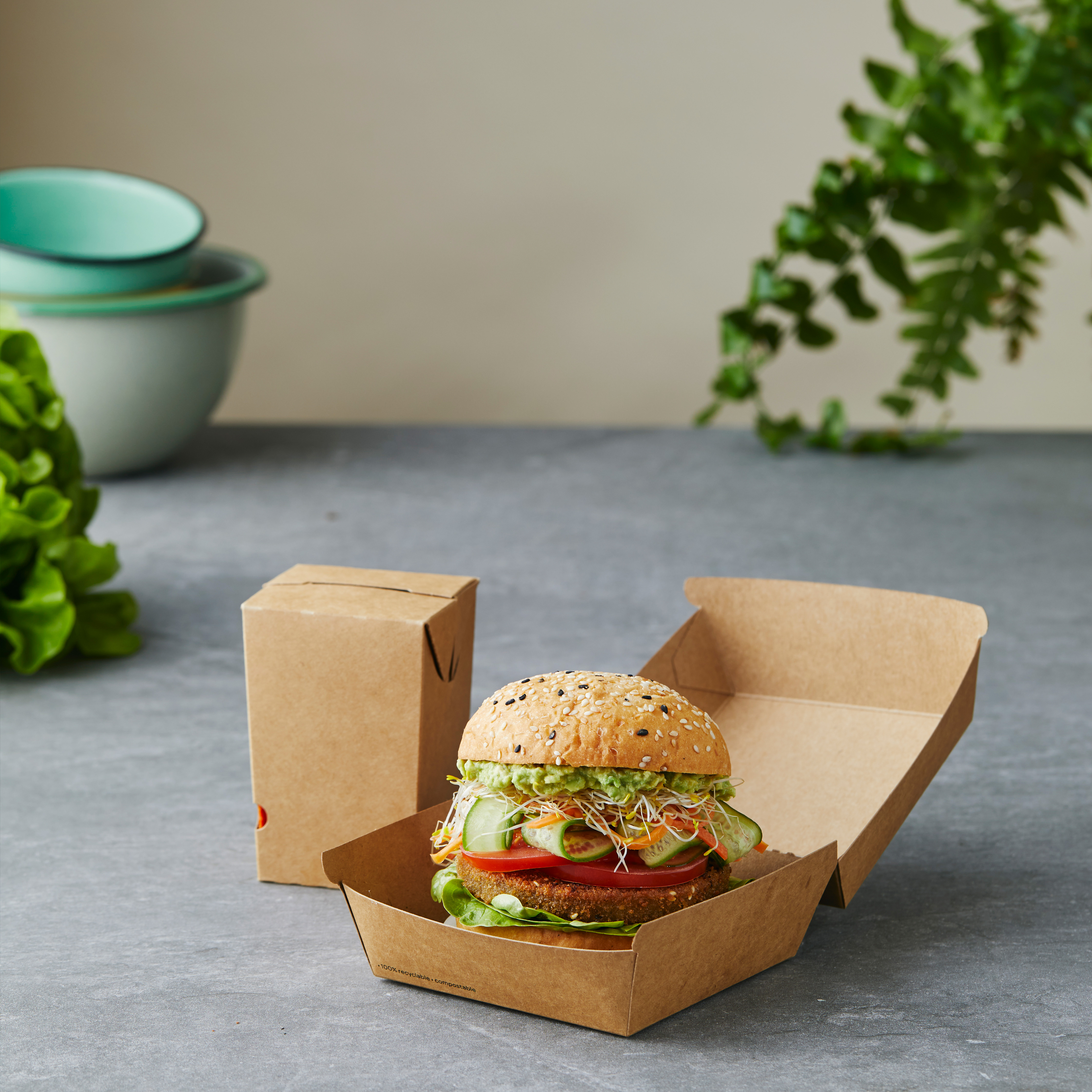What is recycled content?
Recycled Content, also referred to as recyclate, is the total percentage of recovered materials by mass in a product. This can include pre-consumer (from manufacturing processes) and/or post-consumer (from households and other end-user types) inputs.
Is recycled content the same as recycling?
While recycled content and the process of recycling are two related concepts, they’re not exactly the same.
Recycled content refers to the amount of recycled material that is used in the production of a new product. For instance, a product labelled as having ‘30% recycled content’ means that 30% of the material weight used to make a product came from recycled materials, while the remaining 70% may come from virgin material source.
On the other hand, recycling refers to the process of collecting, sorting, processing and remanufacturing materials such as paper, plastic, glass and metal so that they can be used again to create new products. For example, recycling plastic bottles involves collecting, processing, and then reshaping the plastic into new bottles or other plastic products.
In short, recycling is the process of converting valuable waste materials into reusable recyclate. , While recycled content refers to the portion or weight of recyclate in materials used in the production of new products.


Depending on the material type, paper or plastics, where recycled content materials are in direct food contact would be required to meet the most stringent BRCGS Global Standard for Packaging and Packaging Materials requirements. Recycled content materials are often used in clear plastic containers and paper bags.
Utilizing recycled content materials provide a range of environmental benefits such as reducing greenhouse gas emissions to minimising the amount of resourced used in the production of packaging, helping to reduce environmental and climate impacts.
While there are a number of different materials that can be recycled for use in new packaging products, the main recycled materials used in food packaging include:
- Paper and cardboard,
- RPET (recycled polyethylene terephthalate) and PP (polypropylene)
- HDPE (high-density polyethylene), and LDPE (low-density polyethylene),
- Glass, and
- Aluminium.
Incorporating recycled materials into food packaging is an important topic, with part of the 2025 National Packaging Targets aiming for a national average of 50% recycled content included in packaging products.
Is recycled content strong enough for a paper bag?
Every time paper is recycled it’s fibres break down, getting shorter, losing some strength and moisture resistance.
So, it is important that high-quality recycled materials and appropriate manufacturing techniques are used to ensure a fit-for-purpose product is produced, meeting the consumers needs.
In order to ensure all of Detpak’s recycled content paper bags are fit-for-purpose, our dedicated one-of-a-kind fit-for-purpose product testing and re-pulpability facility, rigorously tests and validates all products.
In addition, all materials used in Detpak products, including those containing recycled content, comply with global food safety standards. You can count on Detpak to provide high-quality, sustainable paper bags and other packaging solutions.
With over 100 bags available in our ready-to-go range, you’re sure to find a sustainable solution that suits your needs.




